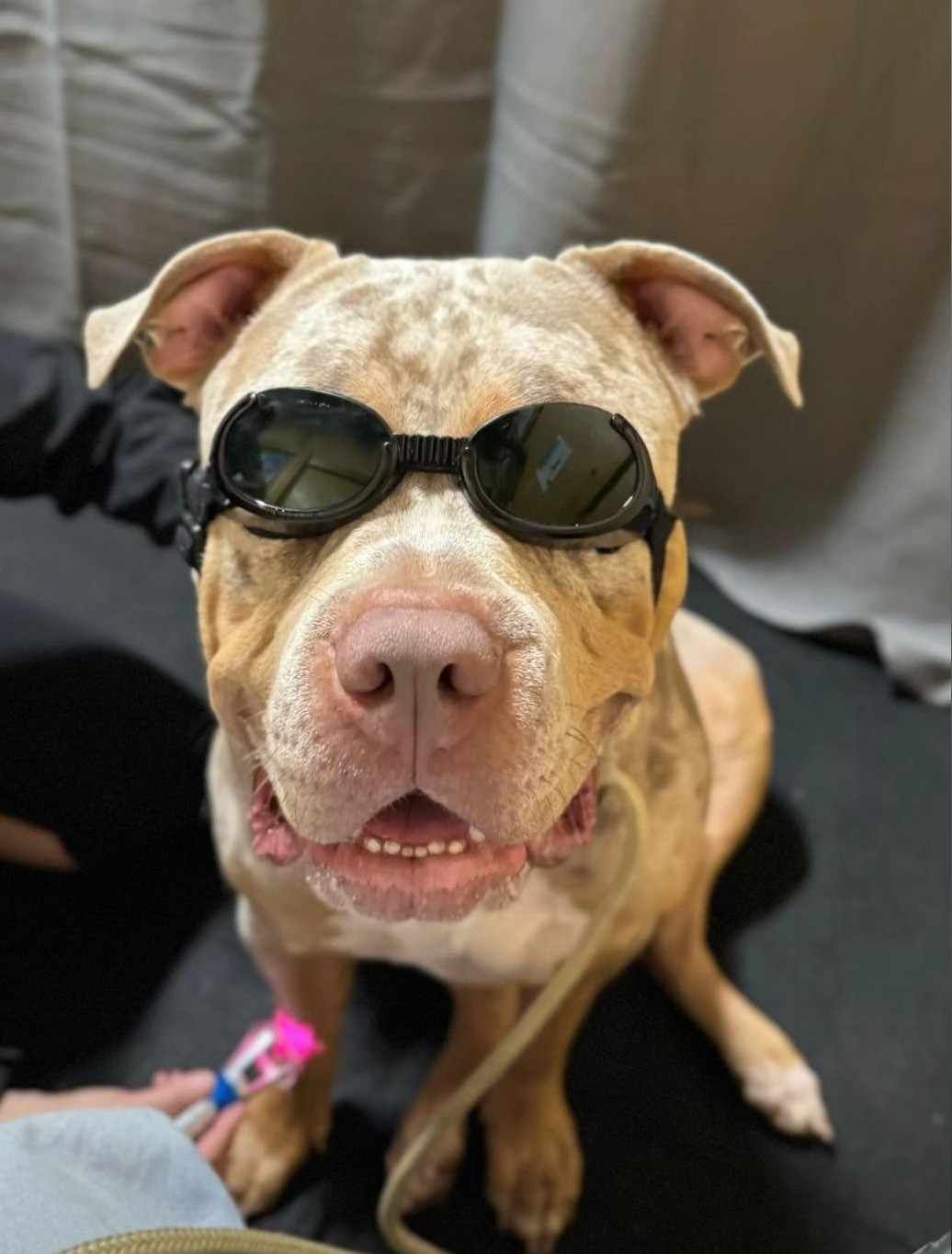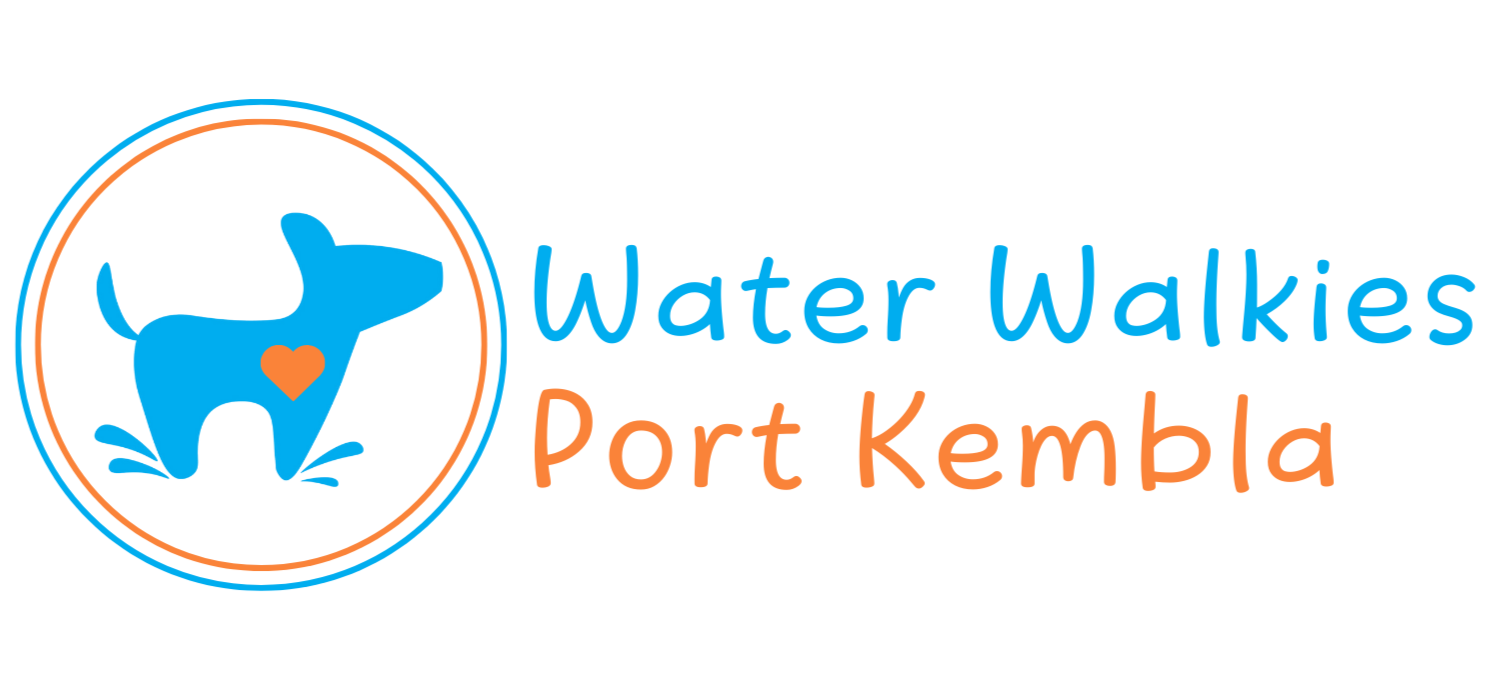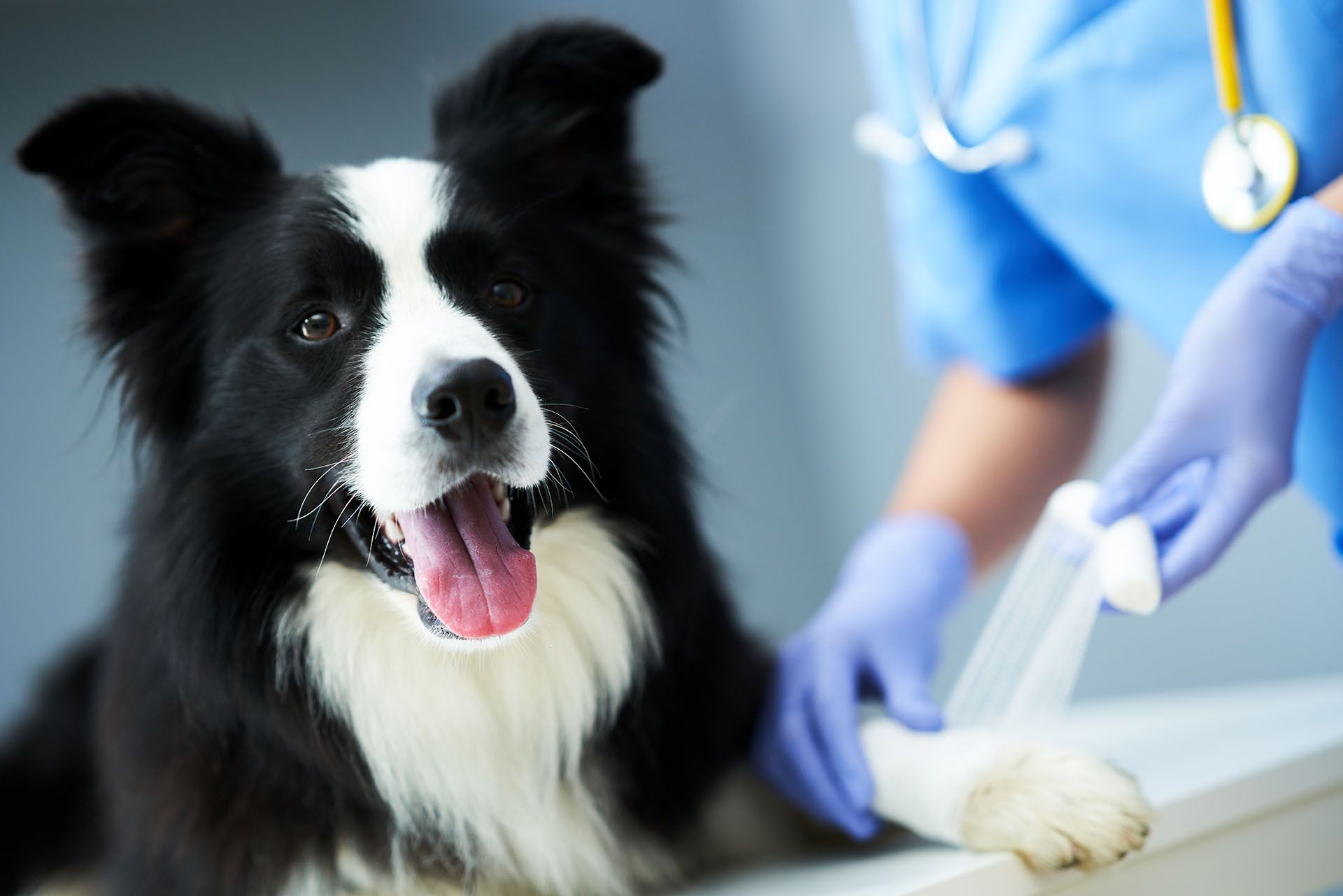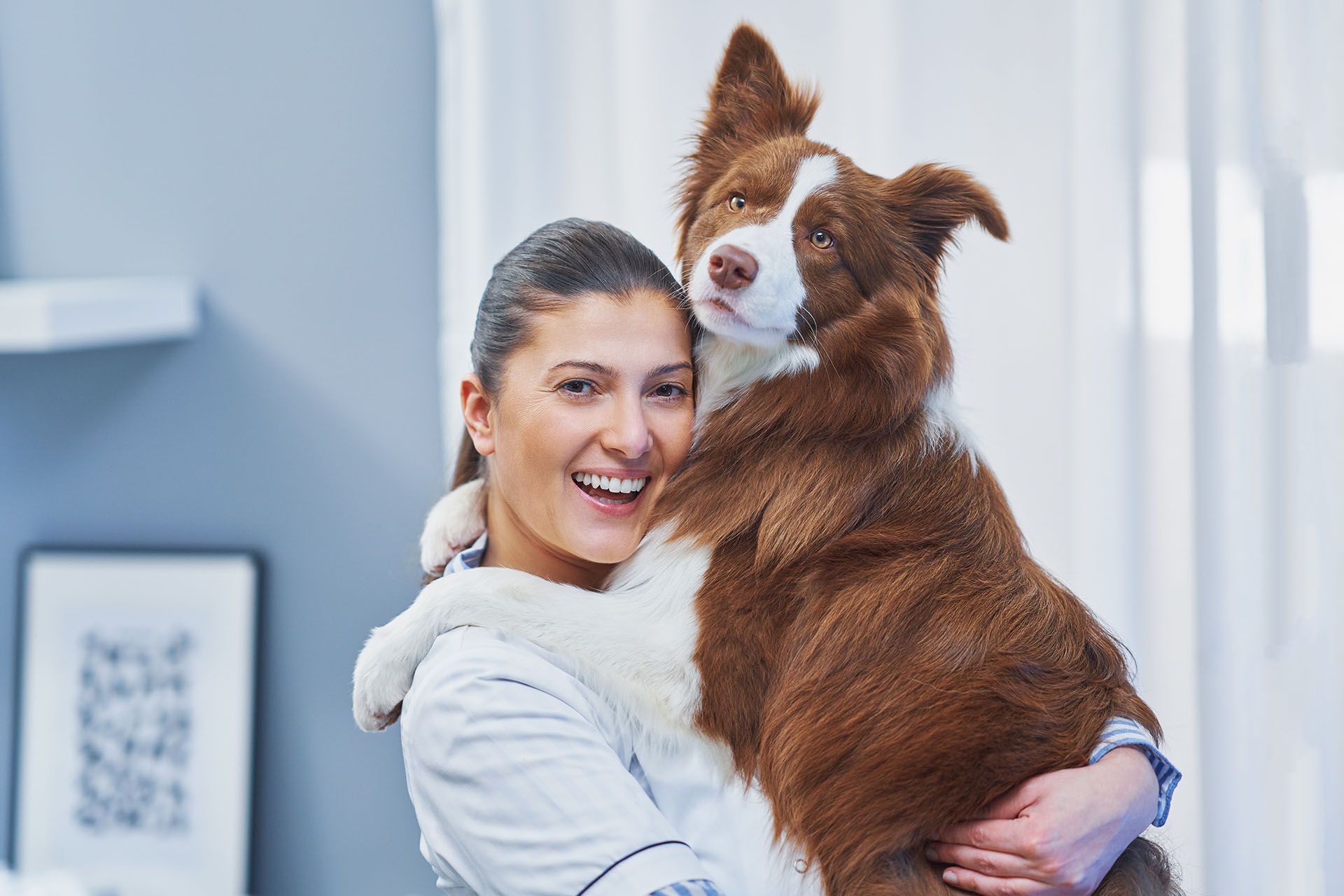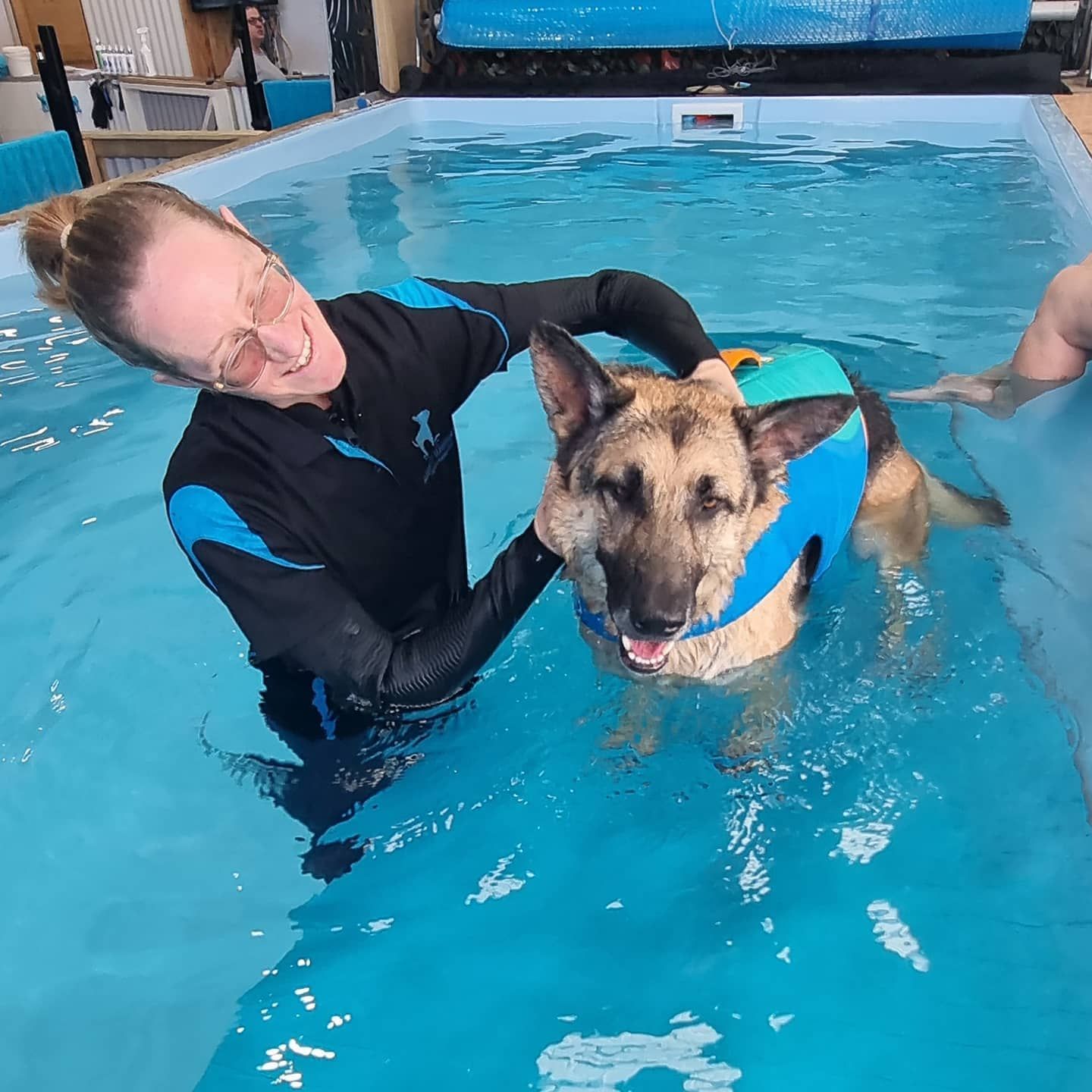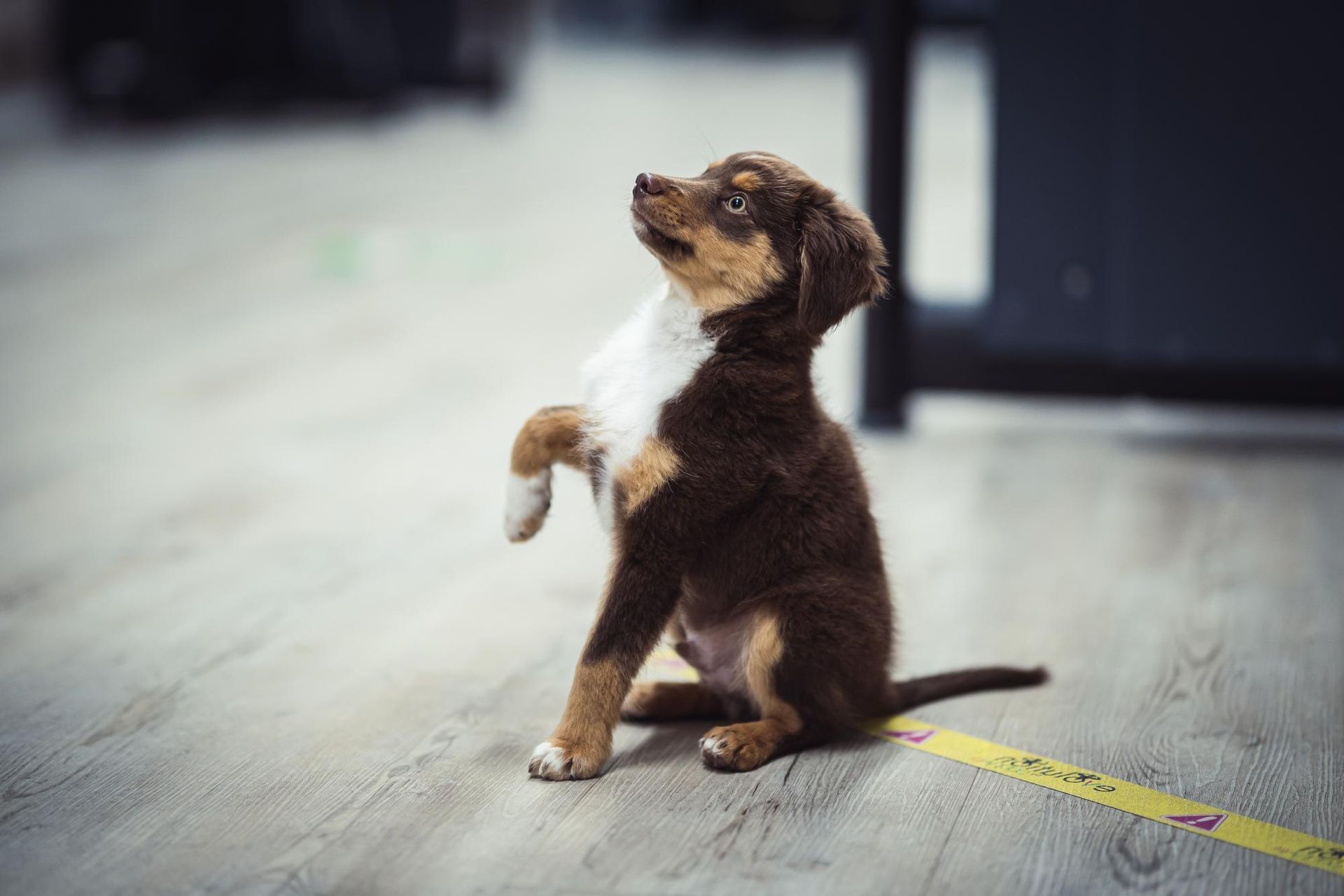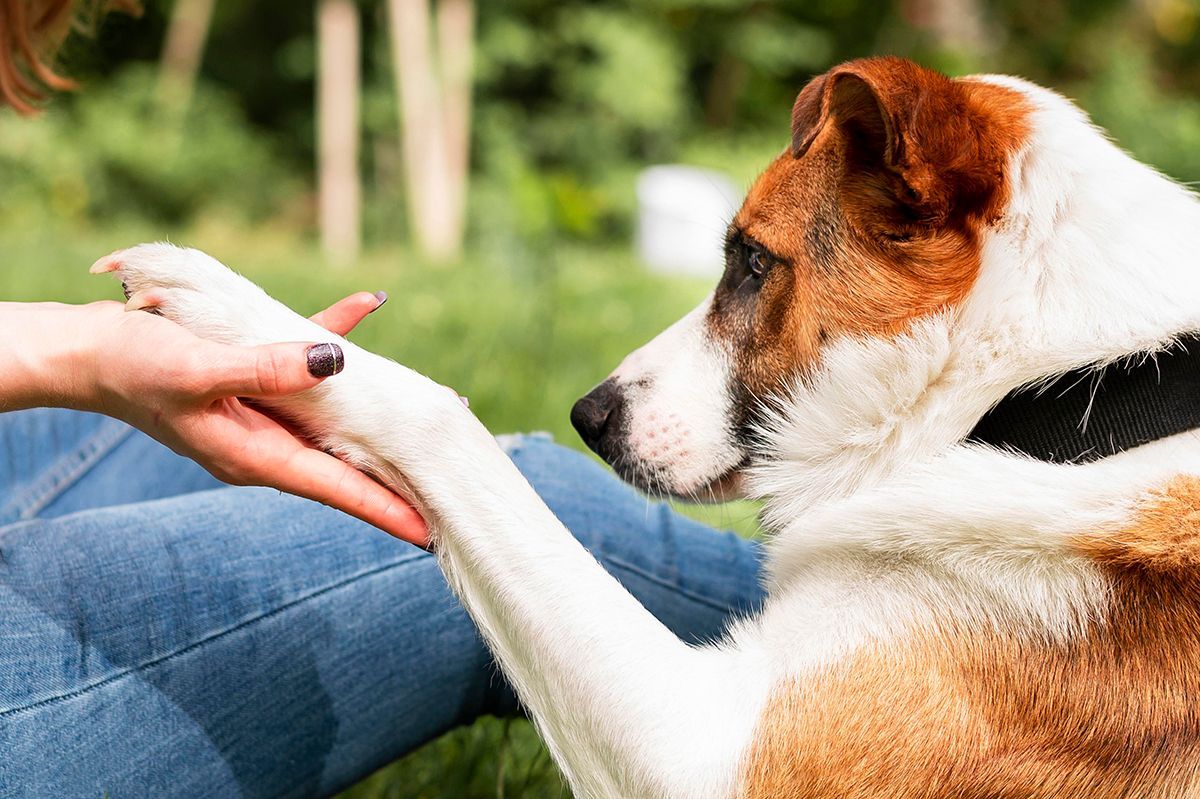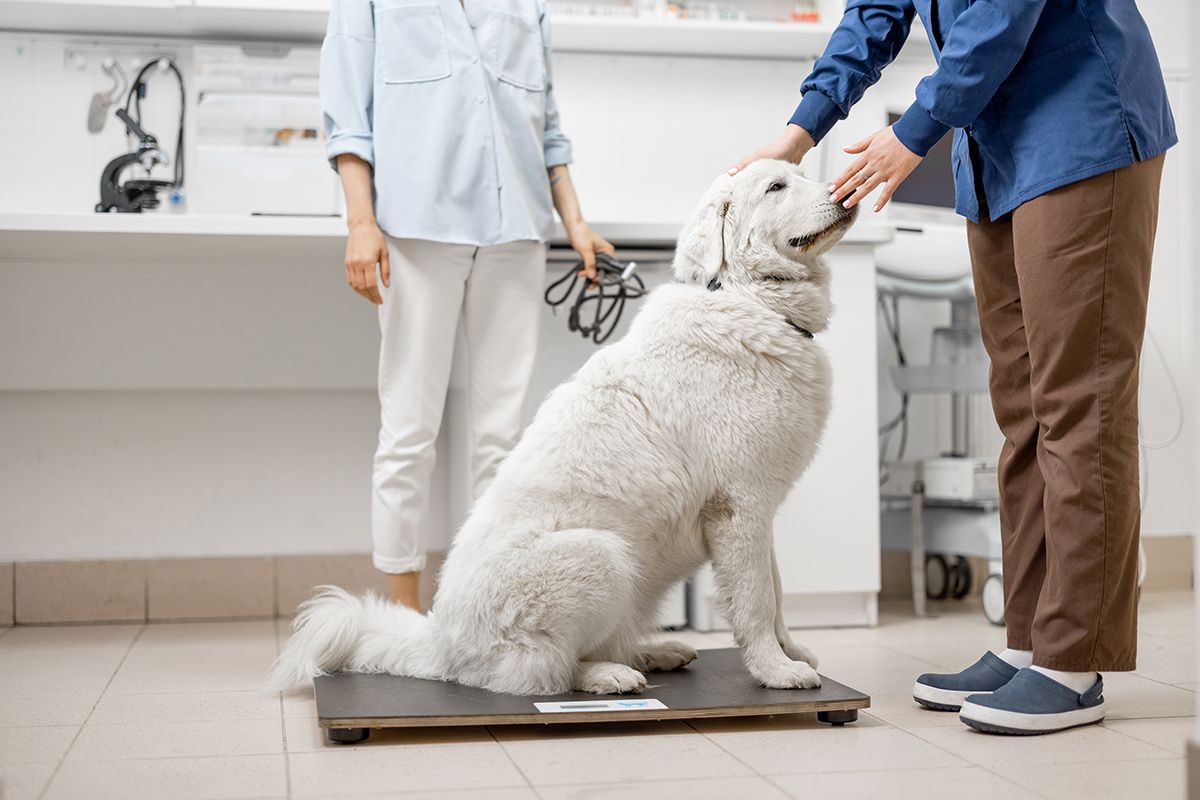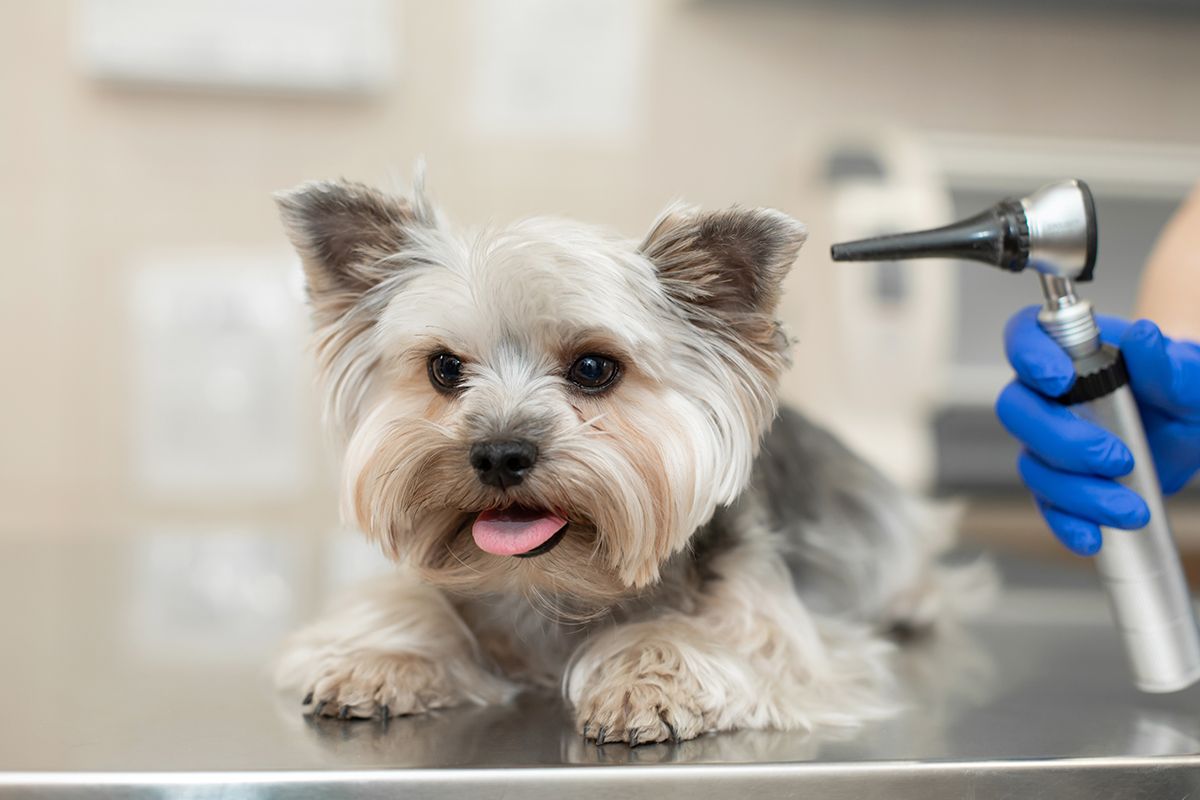Understanding Polyradiculoneuritis: What Canine Owners Need to Know
Polyradiculoneuritis in canines, also known as canine polyradiculoneuritis or Coonhound paralysis, is a rare autoimmune disorder that affects the nervous system of dogs. It is characterised by inflammation and damage to the nerve roots, leading to weakness, paralysis, and other neurological symptoms.
The exact cause of polyradiculoneuritis in canines is not fully understood, but it is believed to involve an immune-mediated response, where the immune system of the dog mistakenly attacks its own nerve roots. The condition often follows an infection, particularly with the bacteria called Campylobacter, although the link between the infection and the development of polyradiculoneuritis is not yet fully understood.
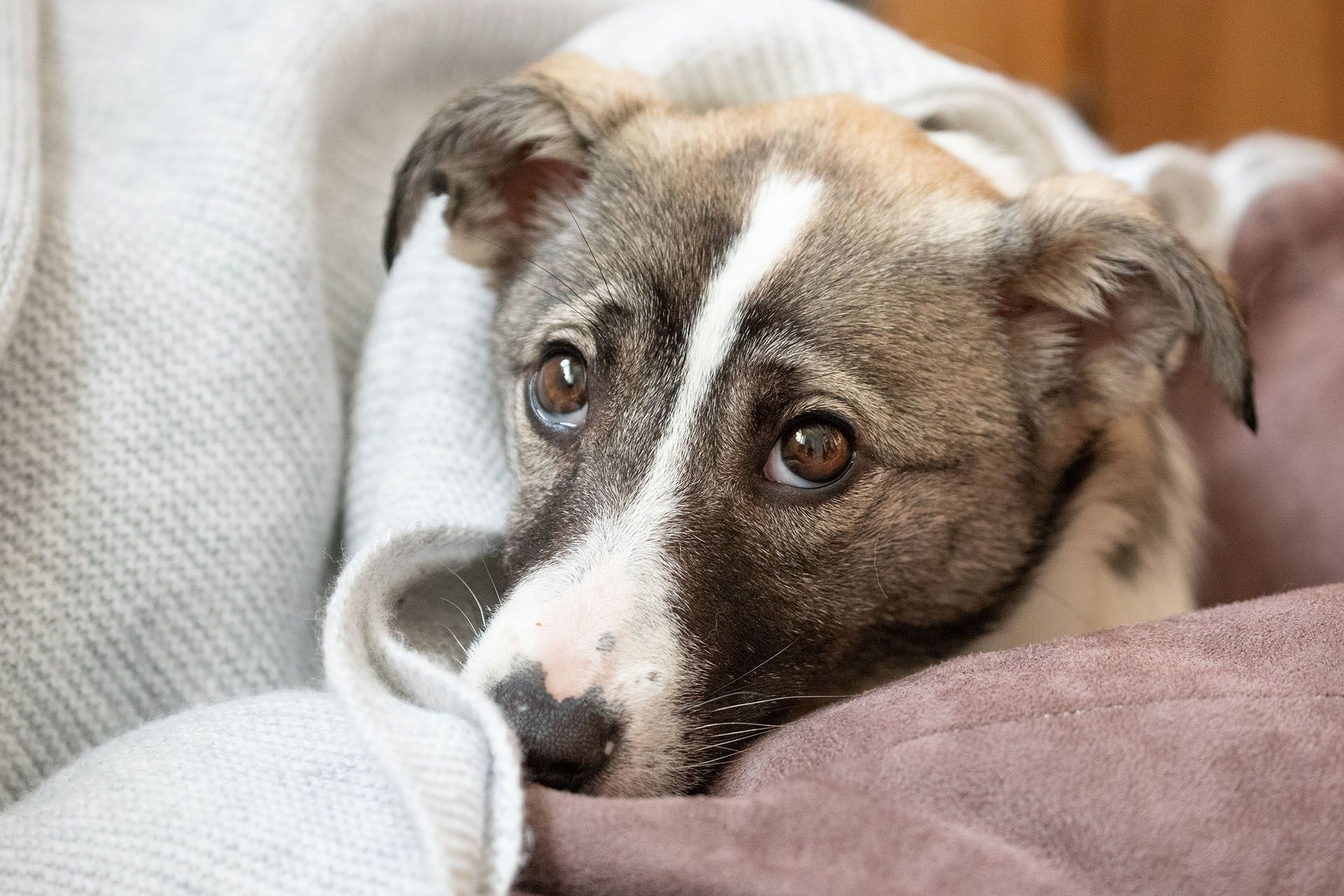
Symptoms
Polyradiculoneuritis in dogs presents with a range of symptoms, commonly characterised by a sudden onset of weakness or paralysis, typically starting in the hind legs and progressing to the front legs.
Other symptoms may include difficulty swallowing, loss of reflexes, pain, muscle atrophy, and in severe cases, difficulty breathing.
Diagnosis
Diagnosis of polyradiculoneuritis in canines is typically based on clinical signs, physical examination, and ruling out other possible causes of neurological symptoms. Additional diagnostic tests may include blood tests, electromyography (EMG) to assess nerve function, and imaging studies such as X-rays or MRI.
Treatment
Treatment for polyradiculoneuritis in canines typically involves supportive care, including hospitalisation, intravenous fluids, and monitoring of respiratory function. In some cases, immunosuppressive medications such as corticosteroids may be used to help reduce the immune response and inflammation.
Rehabilitation therapy, encompassing physical therapy and mobility assistance, can be valuable for dogs in the recovery process.
Prognosis
The prognosis for dogs with polyradiculoneuritis can vary depending on the severity of the disease and the individual response to treatment. Some dogs may fully recover, while others may have residual weakness or other long-term effects.
Guidelines for Supporting Your Dog's Recovery at Home
There are some home care measures you can take to support your dog's recovery. However, please note that home care should always be done in consultation with your veterinarian, as the severity and progression of the condition can vary in different cases.
Here are some general guidelines:
Rest and Restriction
Rest is crucial for dogs with polyradiculoneuritis. Limit your dog's physical activity to prevent further damage to the affected nerves. Avoid strenuous exercise, jumping, and excessive movement. Provide a quiet and comfortable resting area for your dog.
Assisted Mobility
If your dog is experiencing weakness or paralysis in their limbs, you may need to assist them with mobility. Use supportive devices such as a sling or harness to help your dog move around and go for walks. Avoid dragging or pulling your dog, as this can cause further injury.
Urinary and Bowel Care
Dogs with polyradiculoneuritis may have difficulty controlling their bladder and bowels. Make sure to provide frequent opportunities for your dog to go outside for bathroom breaks. If your dog is unable to urinate or defecate on their own, you may need to express their bladder or assist with bowel movements as directed by your veterinarian.
Medication Administration
Follow your veterinarian's instructions for administering any prescribed medications to your dog. This may include medications to reduce inflammation, manage pain, and support nerve function. Be sure to give the medications as prescribed and report any adverse reactions or changes in your dog's condition to your veterinarian.
Nutritional Support
Proper nutrition is important for supporting your dog's overall health and immune system. Discuss with your veterinarian about an appropriate diet for your dog and consider providing a well-balanced and high-quality dog food. You may also discuss with your vet about adding supplements such as omega-3 fatty acids or antioxidants to support nerve health.
Regular Veterinary Check-ups
Dogs with polyradiculoneuritis may require ongoing monitoring and management. Schedule regular follow-up appointments with your veterinarian to assess your dog's progress, adjust medications if needed, and discuss any concerns or questions you may have.
Emotional Support
Dogs may experience anxiety, fear, or frustration due to their limited mobility or loss of function. Provide plenty of love, comfort, and reassurance to help reduce stress and anxiety in your dog. Offer mental stimulation, such as toys or puzzles, to keep their mind engaged during rest periods.
In addition to these 7 home care measures, it may be worth considering specialised therapies such as hydrotherapy due to the benefits it can provide to dogs with polyradiculoneuritis.
What Is Hydrotherapy and How Does It Benefit Your Dog?
Hydrotherapy, which involves exercising in water, can be a useful treatment option for canines with polyradiculoneuritis in various ways.
It lessens the strain on muscles by using water's buoyancy to support the dog's weight, facilitating movement. Simultaneously, water resistance gently strengthens the muscles, and the warmth of the water enhances blood flow, promoting healing. The exercises should start slowly and gradually increase in intensity as the dog's strength improves.
When starting hydrotherapy, it's essential to work with a veterinarian or a certified canine hydrotherapist to develop a tailored exercise plan that takes into account the dog's individual needs and capabilities.
Takeaway
Stay vigilant in observing your dog's condition and report any changes or worsening symptoms to your vet promptly for personalised guidance. With proper care and management, many dogs with polyradiculoneuritis can recover and regain their strength over time.
